As men age past 50, maintaining cardiovascular fitness becomes more critical—and more challenging. One of the best markers of heart and lung health is VO₂ max, the maximum amount of oxygen your body can use during intense exercise. Higher VO₂ max levels are linked to better endurance, reduced risk of chronic disease, and even longer life. While exercise is key, what you eat plays a powerful supporting role.
The good news? You don’t need gourmet ingredients, fancy equipment, or hours in the kitchen. This habit-first meal prep blueprint is designed for real life—minimal gear, simple routines, and maximum impact on your VO₂ max and overall vitality.
VO₂ max naturally declines with age, especially after 50. However, research shows that men who maintain higher aerobic capacity live healthier, more active lives. A strong VO₂ max supports better blood flow, improved mitochondrial function, and enhanced recovery from physical activity.
While high-intensity interval training (HIIT) and consistent aerobic exercise are the most direct ways to improve VO₂ max, nutrition fuels those efforts. The right foods support oxygen delivery, reduce inflammation, and help your muscles use oxygen more efficiently.
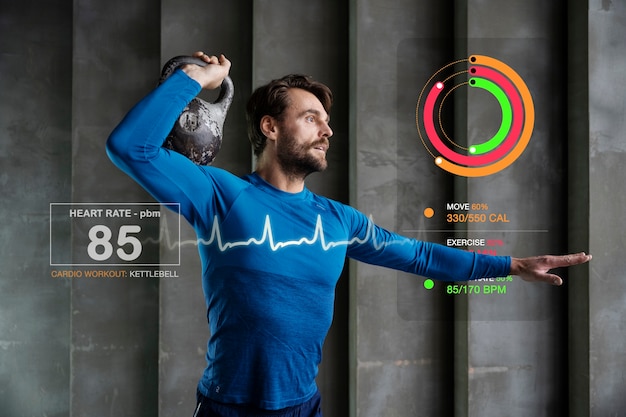
Forget complicated recipes or rigid diets. This plan focuses on building sustainable habits that support cardiovascular health and make meal prep effortless over time. The goal isn’t perfection—it’s consistency.
Leafy greens like spinach, arugula, and beet greens are rich in dietary nitrates, which the body converts into nitric oxide. Nitric oxide helps dilate blood vessels, improving blood flow and oxygen delivery to muscles—directly supporting VO₂ max.
Habit: Add one cup of raw or lightly cooked nitrate-rich greens to at least one meal daily. Pre-wash and store them in clear containers so they’re visible and easy to grab.
Protein supports muscle maintenance, which is crucial as testosterone and muscle mass decline with age. More muscle means better oxygen utilization during activity.
Focus on affordable, accessible sources: eggs, canned tuna, skinless chicken, Greek yogurt, and legumes. Prep hard-boiled eggs or grill a batch of chicken breasts on Sunday to use all week.
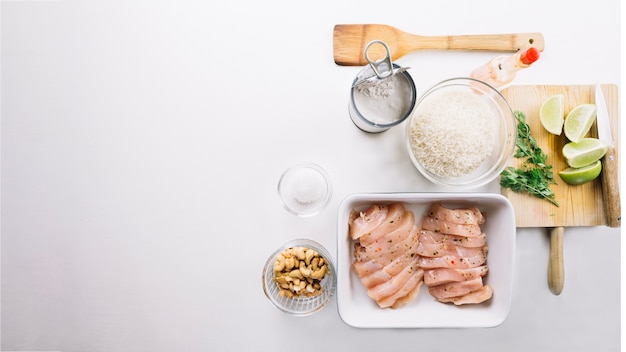
Carbs aren’t the enemy—they’re fuel. But the type matters. Opt for complex, fiber-rich carbs like oats, sweet potatoes, quinoa, and brown rice. These provide steady energy for workouts and help regulate blood sugar.
Habit: Cook a big batch of one grain on Sunday. Portion into containers and pair with protein and veggies throughout the week.
Fats like those in avocados, olive oil, nuts, and fatty fish (like salmon) reduce inflammation and support arterial health. Omega-3 fatty acids, in particular, improve endothelial function—key for oxygen transport.
Tip: Keep a bottle of olive oil and a small container of mixed nuts on hand. Drizzle oil over veggies, add nuts to salads or yogurt.
You don’t need a fully stocked kitchen. Just a knife, cutting board, pot, pan, and five reusable containers.
That’s it. Now you have mix-and-match components for meals all week.
Pair your nutrition with two to three sessions of brisk walking, cycling, or interval training weekly. Even short bursts of effort—like 30 seconds of fast walking every few minutes—can make a difference over time.
Sleep and stress management also influence aerobic capacity. Aim for 7–8 hours of quality sleep and practice mindfulness or deep breathing to support recovery.
Improving VO₂ max after 50 isn’t about extreme diets or grueling workouts. It’s about smart, consistent habits—starting with what’s on your plate. This weekly meal prep plan is designed to be realistic, sustainable, and effective, using minimal time and gear.
By fueling your body with nutrient-dense foods, you’re not just supporting better workouts—you’re investing in long-term heart health, energy, and independence.

Health

Health

Health

Health
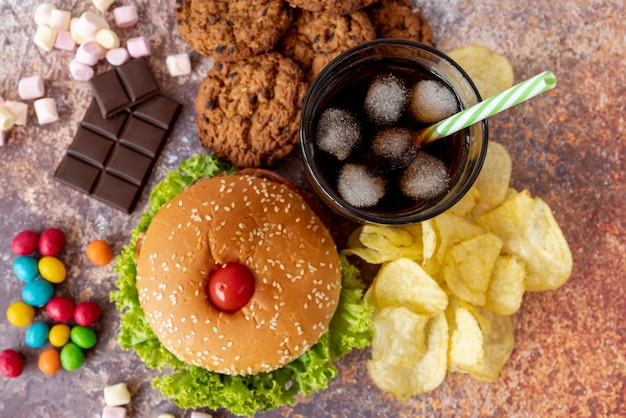
Health
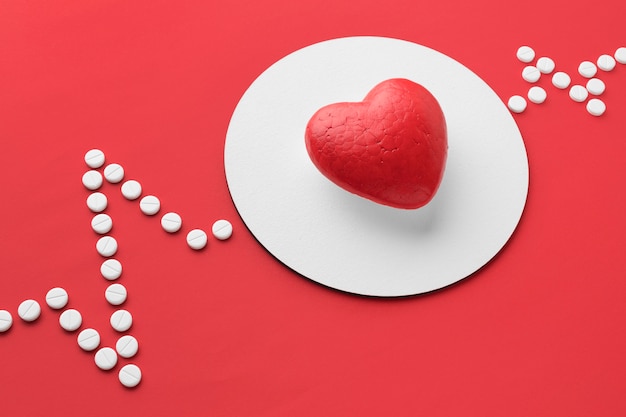
Health

Health

Health
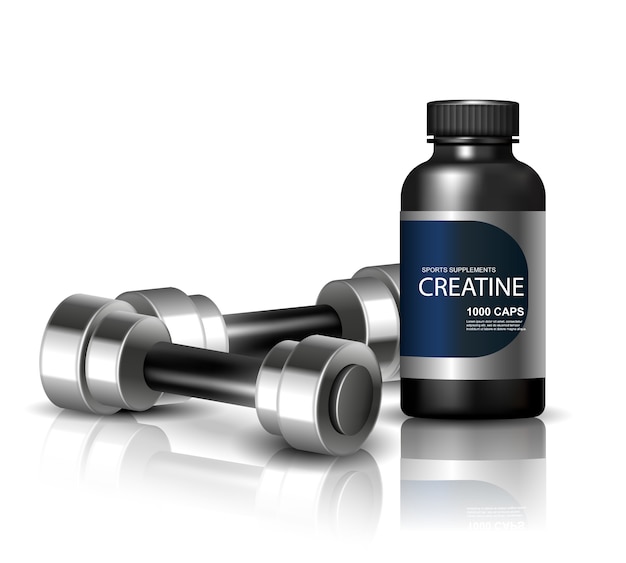
Wellness
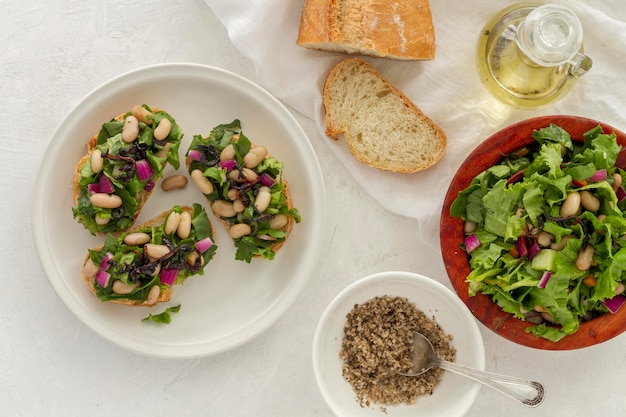
Health

Fitness
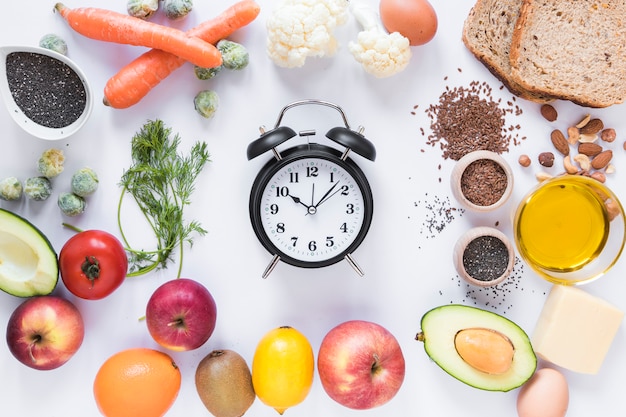
Health

Health

Fitness

Health

Health